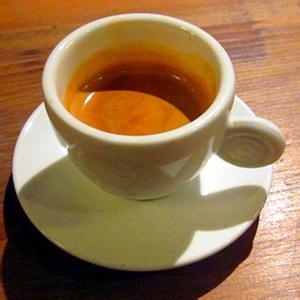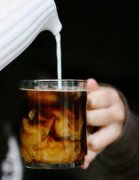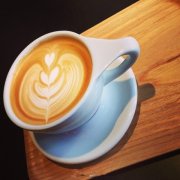Basic knowledge of Fine Coffee in Vietnamese Coffee Culture

Vietnamese coffee, also known as Didi Jin, has to be ordered 10 minutes in advance. Since French missionaries brought coffee to Vietnam 150 years ago, Vietnam has gradually developed its own unique coffee culture.
The style of coffee in Vietnam lies largely in its brewing process. It is not brewed in a coffee pot, but a special drip-filter coffee pot, followed by an old-fashioned printed glass, just like an hourglass in time. Every drop is used to pass the time. When you do it, put the coffee powder on the drip pot on the cup holder below, press a piece of metal with holes, and then brew it with hot water to let the coffee drip into the cup. When making hot coffee, keep the cup warm in a large bowl filled with boiling water, because it may take three to ten minutes to drip a cup of coffee, and the hot coffee will cool off. Some people like to add a layer of sweet condensed milk under the cup, wait for the coffee to drop into the cup, and then mix the coffee with white condensed milk to drink. If it is black coffee, generally do not give you straws, if there is condensed milk will give you straws. Only those who can bear the patience will wait until a cup of coffee has been dripped, then drink it slowly and appreciate the beauty of slow life.
The following is a description of the production method
Prepare materials:
1. Small mouth pot (the mouth is as thin as possible, it is easy to inject water)
2. Condensed milk
3. Coffee powder
4. Dripping pot
5. Coffee cup (it must be transparent to be authentic, otherwise it will be no fun if you can't see the process)
Production:
1. Add proper condensed milk to the cup and add condensed milk is the characteristic of Vietnamese coffee.
2. Fill the Didi pot with coffee powder and shake it flat.
3. Screw on the pressing plate to press the coffee powder properly. The screws of the pressing plate should be loosened and tightened properly, and it is appropriate to drip in about three minutes.
4. Put the drip pot on the cup, and then pour some water to soak the coffee powder but not drip it. This step is also used in follicular coffee, the technical term "stew".
5. After 20 seconds or so, put about 90 degrees of water, fill it up and cover it.
6. Wait for the coffee to fill the cup slowly.
Don't stir it in a hurry when you drink it, taste the acidity of black coffee first, and then mix it with condensed milk.
Important Notice :
前街咖啡 FrontStreet Coffee has moved to new addredd:
FrontStreet Coffee Address: 315,Donghua East Road,GuangZhou
Tel:020 38364473
- Prev

Tips for tasting espresso Coffee basics
Espresso is the strongest coffee in the world, and you need a glass of water to polish your mouth before you taste it. The basic tasting method is to smell first, Espresso aroma is strong and charming, should be a good immersion. Then there is the taste, Espresso has a variety of genres, of course, according to personal preferences to set. Basically, there are two kinds, one is to drink it all in one mouthful, and the other is to drink it slightly first.
- Next

Instant coffee can also play the basics of "pull flower" coffee.
Instant coffee can also play pull flowers, and the practice is simple, almost no technology, no tedious process, just a little patience can do it! What is more special about this coffee is that it can dance, tilting and shaking the finished cup left and right, and the middle coffee will also shake, as if dancing, with a mysterious and hazy beauty! And the peculiarity of syrup, milk, milk foam and coffee
Related
- Beginners will see the "Coffee pull flower" guide!
- What is the difference between ice blog purified milk and ordinary milk coffee?
- Why is the Philippines the largest producer of crops in Liberia?
- For coffee extraction, should the fine powder be retained?
- How does extracted espresso fill pressed powder? How much strength does it take to press the powder?
- How to make jasmine cold extract coffee? Is the jasmine + latte good?
- Will this little toy really make the coffee taste better? How does Lily Drip affect coffee extraction?
- Will the action of slapping the filter cup also affect coffee extraction?
- What's the difference between powder-to-water ratio and powder-to-liquid ratio?
- What is the Ethiopian local species? What does it have to do with Heirloom native species?

